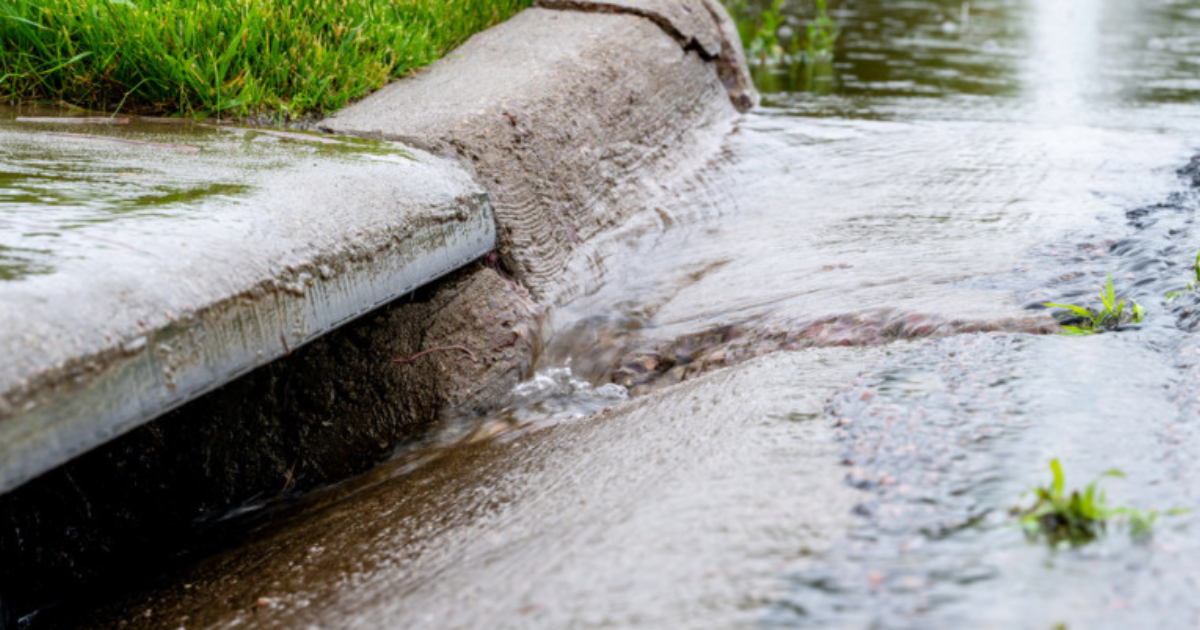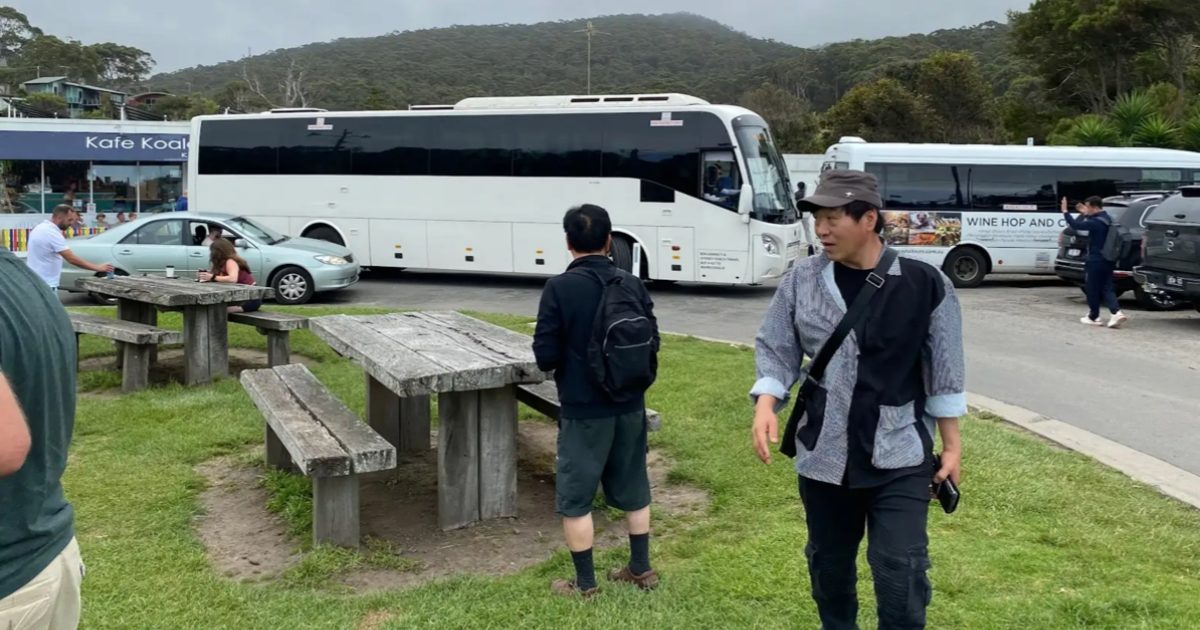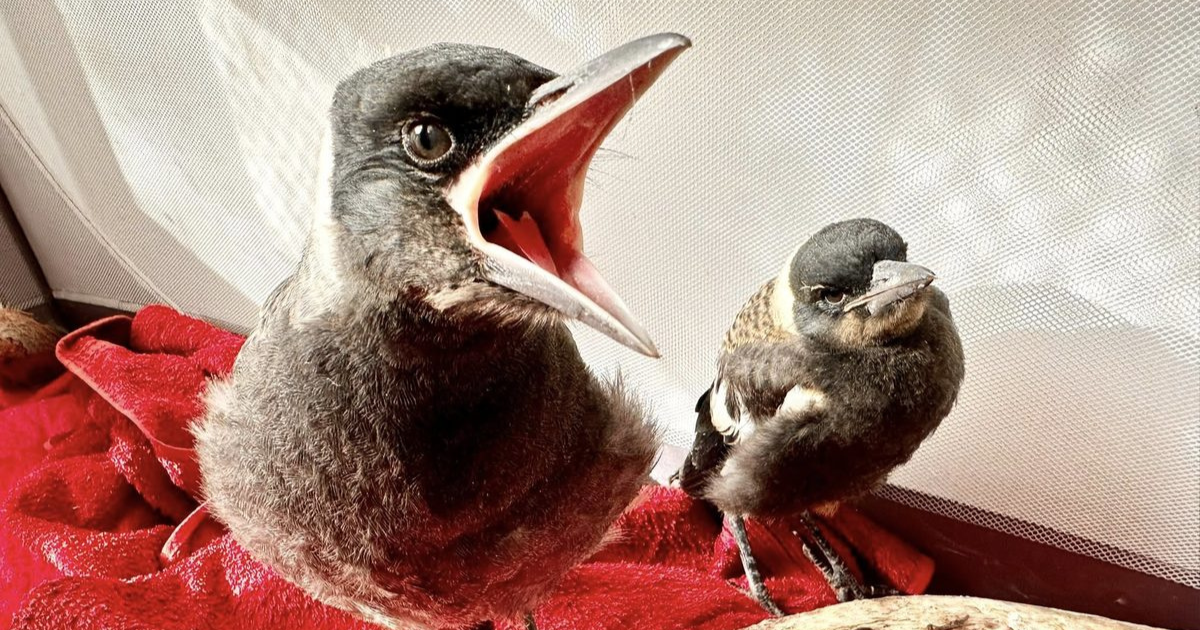Record Ross River cases

A Surf Coast Shire mosquito trap next to Anglesea River hotspot for the disease carriers. Photo: TIM LAMACRAFT
THERE was a record number of confirmed Ross River Virus (RRV) cases in the Greater Geelong and Surf Coast regions in 2021, and while numbers this year are low, authorities are expecting a large rise in the next month.
A total of 119 cases were recorded in Greater Geelong last year, compared with 16 in 2020. The previous record was 66 in 2017, up from peaks of 30 and above in 2011, 1997 and 1993.
There were 107 cases of Ross River Virus were recorded in the Surf Coast Shire last year, up from 19 the year before and a previous peak of 93 in 2017, prior to that numbers have not reached double digits.
While state health data on RRV dates back to 1991, it’s likely cases existed prior to then according to Eugene Athan, an infectious diseases professor with Barwon Health, who similarly cautions that current records are unlikely to reveal the current prevalence of the virus.
December to April are considered peak infection periods and although only three cases have been confirmed across Geelong and the Surf Coast this year, “it is believed that under-reporting of RRV cases is the main reason for low numbers … since we know that the La Nina rainfall is likely to have led to greater mosquito numbers in our region, which spread the virus,” said Professor Athan.
“Heavy rainfall in 2020 was a significant factor causing a record number of Ross River virus cases … numbers are expected to increase significantly over the following month.”
In January last year, before the region eclipsed previous case records, Victoria’s Department of Health issued a warning to residents and visitors in the Surf Coast, Geelong and Bellarine Peninsula areas to protect themselves against mosquito-borne diseases such as Ross River virus and Barmah Forest virus.
The health warning for the region named one town where Ross River virus had been located in mosquitos, Anglesea, where at the time local GP’s believed as many as half the region’s known RRV cases were being detected.

“Over the past four years the Anglesea River has become a major breeding site for mosquito larvae. We’re working with the Department of Health to try and understand why this might be,” Surf Coast Shire’s general manager Community Life, Chris Pike said.
Other hotspots listed by the shire include Breamlea and Connewarre wetlands; Deep Creek and Spring Creek in Torquay; Anglesea including Fairyland and Coogoorah Park Nature Reserve; and isolated areas in Aireys Inlet.
The City of Greater Geelong council said it’s unaware of any hotspots as it does not collect that data.
The last RRV detection in mosquitoes in Anglesea was in January 2021, according to the Surf Coast Shire’s Mr Pike, identified via a trapping and testing program that is similarly conducted across the City of Greater Geelong between December and May.
Samples of adult mosquitos trapped throughout the region between November and May, mainly from confirmed and reported breeding sites, are for genetic material testing related to RRV and other mosquito-borne pathogens. When the virus is detected the Department of Health is notified and the Chief Health Officer issues a Health Alert.
No mosquitoes have been found with the viruses in the Surf Coast or Greater Geelong government areas this year.
Symptoms of RRV and Barmah Forest virus disease are similar, each can cause joint swelling and pain, fatigue, a rash, fever and muscle aches which can persist for many months and recur in some individuals for over a year.
“There is no cure for RRV, but we can treat the symptoms … while it is possible to be re-infected with RRV, people are likely to be protected for some years afterwards,” according to Barwon Health’s Eugene Athan.
Health authorities state that it takes three to nine days for symptoms of RRV disease to occur after exposure, and occasionally up to 21 days.
Barmah Forest virus disease symptoms occur between seven to ten days after a bite from an infected mosquito.
Both the City of Greater Geelong and Surf Coast Shire Council engage in mosquito control programs to limit the spread of the viruses in the region, in particular treating larvae before they emerge as adults and lay eggs.

















